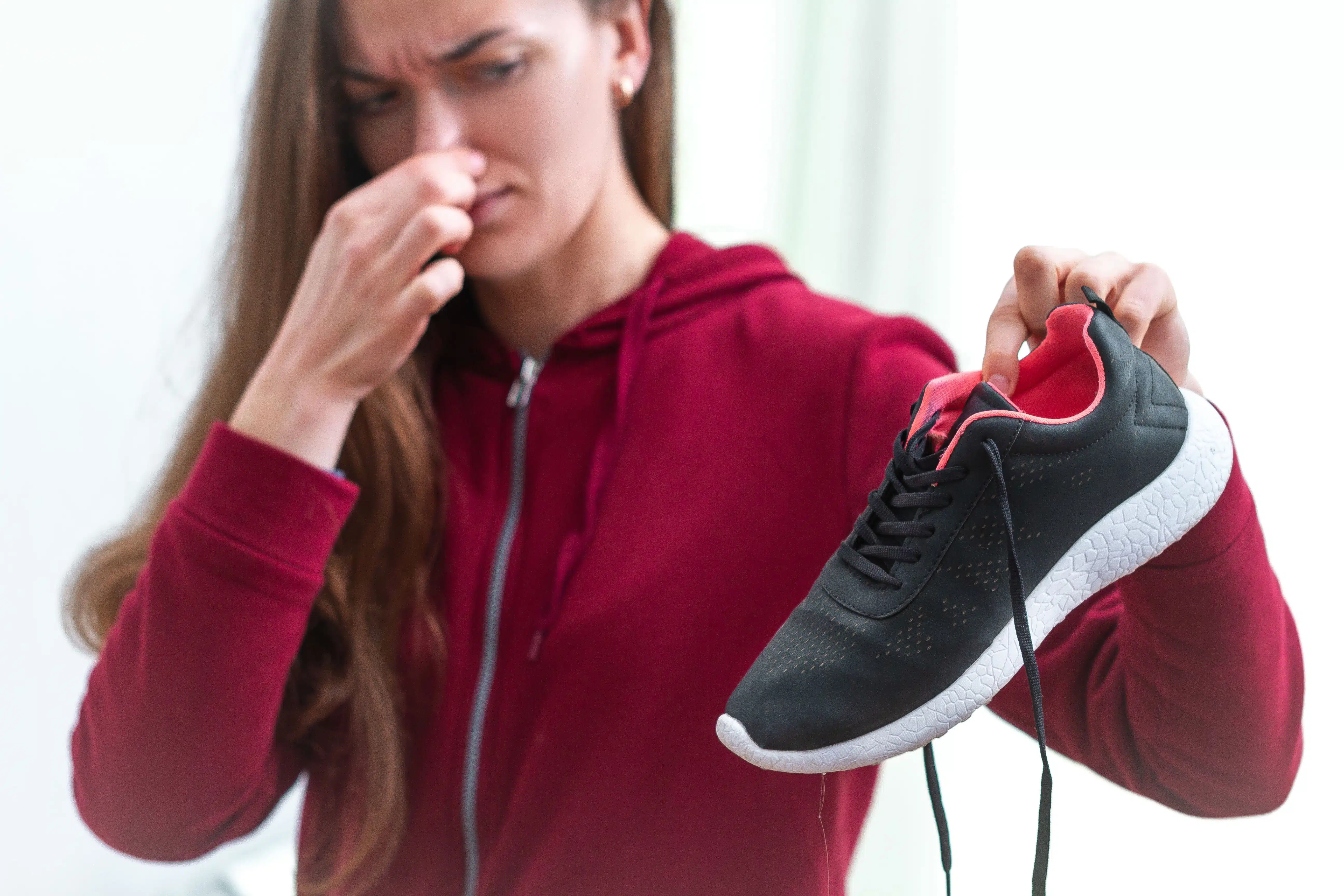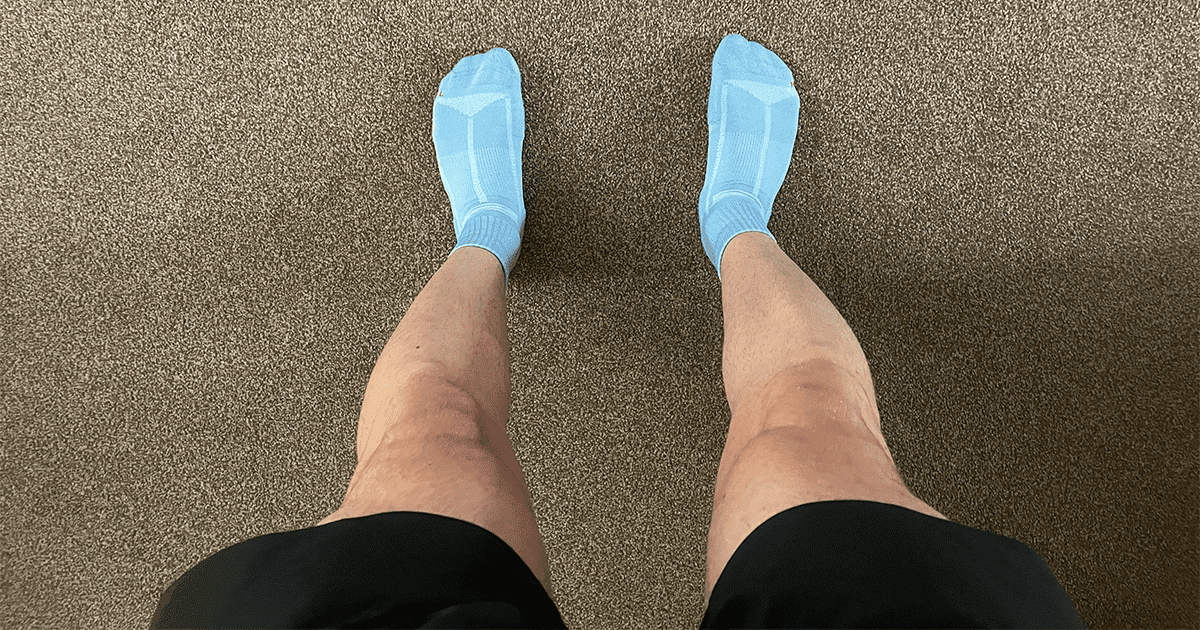How to run faster and improve your race times
Author bio: This article is brought to you by Caroline Geoghegan at Run With Caroline. Caroline is a qualified personal trainer, running coach and a 5k, 10k and half-marathon runner. She helps people become stronger, faster, and more motivated runners.

Photo credit: Run With Caroline
A goal for many runners is to be able to run faster and achieve a PB on their next race, whether that be a 5k or a marathon. This article will provide six simple strategies to help you run faster and improve your race times.
1. Break your times down
This may sound obvious but in order to be able to run faster, you need to be running at a faster pace.
Depending on your goal, you will need to break down the distance per mile (or kilometre if you prefer) and calculate how fast you should be running in order to achieve your PB.
So if you want to run a 5k in 25 minutes or less, this means you need to be running 8-minute miles.
Likewise, if you want to run a half marathon in 1 hour 45 minutes or less, you need to be running at the same speed, consistent 8-minute miles throughout the entire run.
It’s important to break your times down as it gives you an indication as to how fast you should be running in your training.
This may seem unattainable to you right now, but with the right attitude and training, you will get there!
2. Follow a training plan
Once you’ve figured out your target race pace, find a training plan that matches your race distance and race time.
There are a wealth of training plans out there that aim to provide you with a little helping hand when it comes to running your race.
The main benefit of following a training plan is that it breaks down everything you need to be doing in the lead up to race day.
A well-rounded training plan will include a mixture of easy runs, speed training (more on that below), strength training and rest days.
Related: What are the 8 different types of running workouts?
It’s important a training plan fits not only with your fitness goals but also your lifestyle.
If you don’t have a lot of time during the week due to family commitments or a busy lifestyle, then don’t choose a plan that aims to get you up and running a race in six weeks. This will just be too overwhelming and you will likely need more time to dedicate to your training.
Do your research before picking a plan and make sure it aligns with your goals.
3. Do speedwork

Speedwork is essential if you want to learn how to run faster and improve your race times. It is a form of training that helps you improve your pace. Interval training, Fartlek, tempo running and strides are all forms of speedwork.
The key to unlocking your speed is to run at the specific pace that you’ll be running during your race. This is why it’s important to break down your times.
If you’re new to speedwork, strides are a great way to gradually ease you into this. These are short bursts of running at an accelerated speed.
Strides are easy to do after a run or in between two easy runs. Start with a jog, build to about 95% of your maximum speed, then gradually slow to a stop. One stride should take you about 25-30 seconds depending on your running ability.
Interval training is also another great form of speedwork. Interval training is when you alternate between running and light jogging (or walking if you prefer).
A simple interval workout is to run 400m at your race pace then include a recovery jog in between. Repeat 4-6 times and remember to recover in between each interval.
Related: 6 Best treadmill workouts for runners.
4. Perfect your form
When you run faster, the tendency for a lot of runners is to neglect their form. Proper running form is just as important on those challenging runs as it is on those long, easy runs.
By making small adjustments to your form, posture, and footstrike, you can shave valuable seconds off of your race time.
Make sure you relax your shoulders and allow your arms to swing naturally as you run. Keep your chin up and your chest upright. You will naturally adopt a slight forward lean when you run which will likely be more present when running faster.
If your heel hits the ground first when you run, this can create impact forces which can lead to problems later down the line in the form of knee and hip injuries.
A mid-foot strike when running is considered most preferable as it has the least impact on your joints when running.
5. Strength train

As I mentioned earlier, strength training will normally form part of a well-rounded training plan.
Strength training is probably the most neglected tip on how to run faster and improve your race times. The truth is it has so many benefits for runners.
Strength training has been proven to lower your risk of injury and help build stronger muscles and ligaments, which will help you improve your speed and overall performance.
Try and include one or two short strength training sessions in your training plan each week.
Don’t worry if you don’t have access to a gym, many strength training workouts can be done at home or in the great outdoors.
Bodyweight exercises like lunges, squats, planks, and hip bridges can all be done from the comfort of your own home.
You can also add weights and resistance to a workout in the form of dumbbells, kettlebells, resistance bands, and medicine balls.
It’s beneficial to do strength workouts immediately after a hard run or later the same day. This way you can fully recover on your rest days.
Related: Strength training for runners: the beginner’s guide.
6. Prioritise recovery
When you’re training for your next race, the temptation is to run every day. However, this could do you more harm than good. And if you run every day, you won’t see a huge improvement in your race times.
So that’s why it’s important to have a proper recovery and injury prevention strategy in place to allow your muscles to build and repair themselves on your rest days.
Don’t see your rest days as lost time. You can still participate in low impact physical activity such as walking, cycling, swimming, or yoga.
A proper recovery and injury prevention strategy will include everything from rest days, proper nutrition, stretching and foam rolling, sleeping habits, and mental wellbeing.

Matthew is a lifelong runner, chief tester of all products, the founder of Running101, and freelance content writer for active brands. When he’s not writing, he enjoys lifting weights, cycling in the Lake District, and watching fast cars drive in circles on a Sunday. He also has a BA in sport, exercise and physical activity from the University of Durham.




